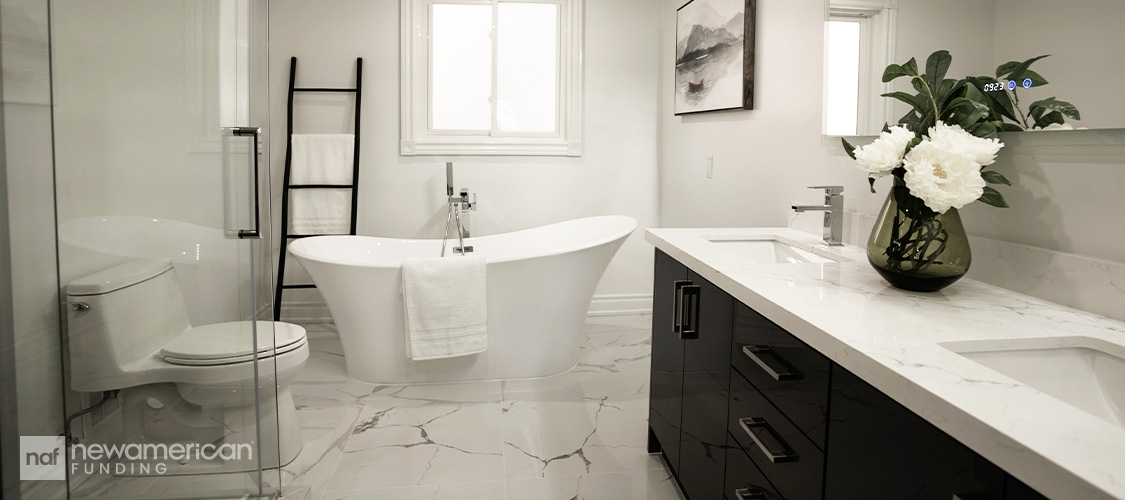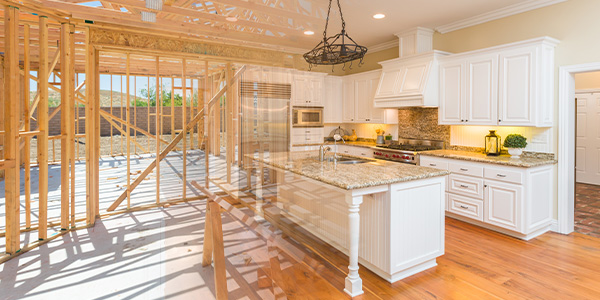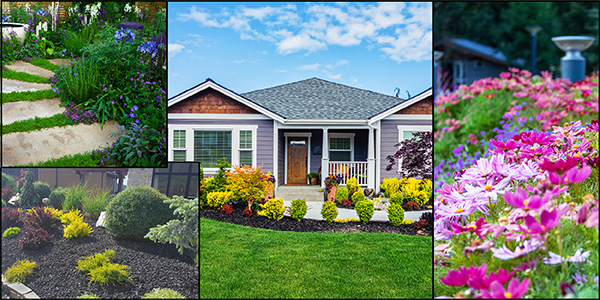Homeowners
Eager to Update Your Home? These Home Improvement Loans May Help
October 1, 2024
Ready to tackle that dated kitchen that’s been taunting you for years? Or are you about to purchase that fixer-upper with all that potential?
Either way, you’ll need to fund those (more-expensive-than-you-may-think) home renovation projects. And while you can save up cash over a few years, many homeowners use home improvement loans to fund those kitchen and bathroom renos, landscape overhauls, and whole-house updates.
Home improvement loans can provide cash for your next big project, often using your home as collateral—though not all do. Some loans take the place of your existing mortgage, while others simply become another monthly loan payment.
Just remember that this money will need to be paid back, with interest.
“It’s important not to overextend yourself,” said Jay Sanders, owner of Castle Walls Basement Waterproofing in Baltimore.
Homeowners also may not want to undergo a major renovation and then move.
“If you plan to sell in the near future, consider the rule of thumb: don’t invest more than 25% of the property value,” said Joe Raboine, vice president of design at Belgard, a hardscaping company.
Here’s what you need to know about home improvement loans.
Home equity loans can provide borrowers with lump sums
 Home equity loans generally provide borrowers with a lump sum that is dependent upon the amount of equity you have in your home. They’re often also called a second mortgage.
Home equity loans generally provide borrowers with a lump sum that is dependent upon the amount of equity you have in your home. They’re often also called a second mortgage.
(Home equity is how much of your home you own outright, which factors in the amount of your down payment, how much of your loan you have already paid off, and property value increases.)
Home equity loans generally use your home as collateral. Typically, the money you borrow must be paid off within five to 30 years or whenever you sell the home.
They often have lower interest rates than personal loans, but higher rates than refinances or mortgages. One key difference between home equity loans and home equity lines of credit (HELOC) is interest rates are generally fixed on home equity loans. That means the rate won’t adjust up or down.
However, home equity loans shouldn’t be taken out lightly. There is a risk that a homeowner could have negative equity (i.e. be underwater) if their home value falls.
And if you fail to pay it back, your home can be foreclosed upon.
Home equity lines of credit allow borrowers to use what they need
Home equity lines of credit (aka HELOCs) are similar to home equity loans.
However, while home equity loans give you one lump sum, HELOCs provide a line of credit (with a limit) that you can draw from for generally about five to 10 years. The repayment period is typically another 10 to 20 years and is due if you sell the home.
They also typically boast lower interest rates than credit cards or personal loans.
This makes them good for longer, more complicated renovations where you’re unsure of how much cash you’ll actually need.
But HELOCs typically use variable interest rates rather than fixed rates. That means your interest rate could go up over time, which can affect the size of your repayment.
The line of credit also uses your home as collateral, making them a riskier loan choice than other options.
FHA 203(k) loans may be good for those buying fixer-uppers

FHA 203(k) loans let homeowners roll the cost of renovations or repairs into their new mortgage. They’re for those purchasing a fixer-upper that will become the buyer’s primary residence.
These loans are typically obtained at the time of purchase. As they’re government-backed, 203(k) loans have lower credit score and down payment requirements than other loans or mortgages.
But the loans do have location-dependent limits. Larger ones often require the oversight of a U.S. Department of Housing and Urban Development-approved contractor.
These FHA loans also come with stricter limits on their use. They can’t be used to fund ‘luxury’ renovations, like adding a swimming pool or a guest house.
Generally, all renovations will need to be completed within six months of the loan’s origination date.
Cash-out refinance
A cash-out refinance replaces your existing mortgage with a new, larger one. The exact amount will depend on the equity in your home. The difference between the two is given to you in cash.
“A cash-out refinance makes more sense for larger projects, especially if you can secure a better interest rate on your mortgage,” said Sanders.
This is because this type of loan is a refinance. That means you could have the chance to get a lower mortgage rate if rates have fallen since you took out your initial loan. You may also be able to consolidate other debts using this loan.
However, cash-out refinances may have higher closing costs than other home improvement loans, leading to more upfront costs.
Personal loans may be fast—but cost more
 Getting a personal loan is one of the fastest ways you may be able to access cash for home improvements. Sometimes you can apply, be approved, and receive the money within the same day.
Getting a personal loan is one of the fastest ways you may be able to access cash for home improvements. Sometimes you can apply, be approved, and receive the money within the same day.
This makes them a helpful funding choice when you need funding ASAP to cover an emergency renovation like a new floor or ceiling after a water leak.
However, they often have strict credit requirements and high interest rates. That may make it harder for borrowers to qualify for these loans. Those who do secure a loan may wind up paying more in interest than other potential loans.
These loans typically have repayment terms of two to seven years. Your home also may not serve as collateral for the loan.






 Smart Moves Start Here.
Smart Moves Start Here.